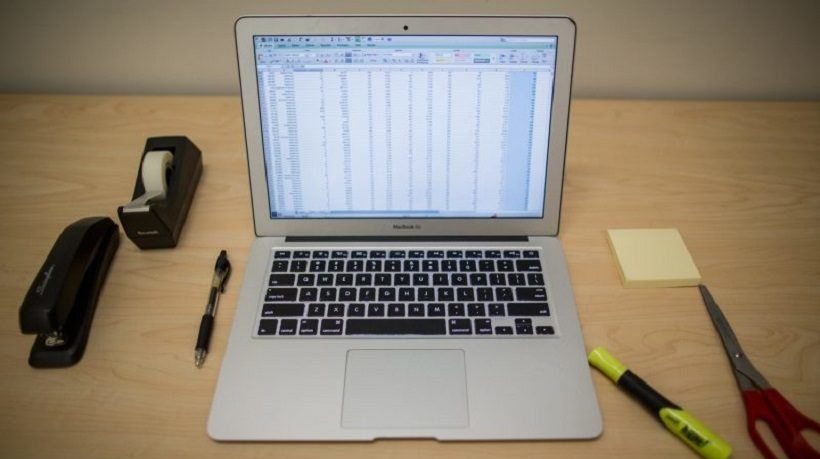Student Tracking System
Rising awareness regarding the inefficiency of the traditional education systems is encouraging the institutes to adopt new ways of education across schools. The major focus of the institutes is to develop the skills of the students and improve the learning outcomes coming from the schools. Hence, there is a major need of tracking the students' progress over the years to understand and guide them with the subjects.
Tracking a student’s progress is not only beneficial for a student, but also for the teacher who teaches students for years. To bring significant development among the students, it is important to understand them and their shortcomings, strengths, weaknesses, attitudes, and nature toward their studies. This will help the faculty to analyze and understand what changes need to be made in the teaching system, which will guide the teachers in helping the students to learn better.
Student progress can be measured by the previous growth statistics and the teachers, as well as parents, can see if they are making progress in the subjects.
Here are 7 ways in which maintaining student records can improve learning:
#1. Better Student And Teacher Assessment
Maintaining a student record helps the teacher to understand and know every student at a personal level. This helps the teacher to know the student’s progress and see if the student is working enough to showcase significant growth. The teacher can get information about the student’s weak subjects and personality traits. This will aid the students, teachers, and parents to focus on improving the weak parts and not spend much time on the strong subjects. This data is different for every student, and hence, knowing every student personally would help the teacher to give accurate feedback. The track record impacts the growth of the student throughout the years.
However, keeping track of all the students every semester is a lot of work for the teachers to remember and add value. There is a possibility that the faculty might miss out on some students, along with the risk of errors.
The implementation of a student tracking system helps the teachers to get a quick look at students' performance over the last few years. The teacher doesn’t have to remember each student and yet, they can give personalized feedback, which will help the student in learning better.
Further, the teachers can analyze themselves based on how much better the students are doing every semester. This gives them an idea if any changes need to be made in the ways of teaching, hence improving their own performance.
#2. Encouraging The Students
Tracking students' performance regularly helps the teachers to reward the students based on the amount of progress they have made, instead of giving them the recognition based on who has topped in the class or scored the highest marks. This motivates the students to do better than themselves every time, instead of just trying to be better than the highest-scoring student.
This eliminates the sense of comparison or unhealthy competition among the students and helps them to encourage knowledge sharing and help each other with the syllabus. In this way, everyone in the class is doing better than before. Further, the comparison of the progress of each student will make them focus more on being better the next time. With the help of the teacher, the students can turn out to be better learners for their entire lives.
#3. Promoting Extracurricular Activities
Can you imagine how many dancers we have lost because of stage fear? Tracking the students' records according to their behavior, personality, achievements, and participation in extracurricular activities in the institute can help the students in witnessing overall growth. If a student is not very active in playing sports, the teacher can encourage the student in doing so. This will help the students to be self-confident adults in the future. Further, understanding other qualities of the students, whether they are shy, afraid, or low on confidence can be judged based on that, and the students can overcome these qualities at an early age.
Making the student tracking record accessible to parents will help them in understanding their child’s behavior in school. In this way, the parents can take involvement in the school activities of the students and help them achieve their goals.
#4. Parent-Teacher Collaboration
By assessing the students' performance, the parents can contact the teachers immediately with respect to their issues and shortcomings. Also, the teachers can easily communicate with the parents regarding the progress of the students, based on the data, and help them understand their patterns so that both of them can help the student in being a better learner at the institute.
#5. Easy Communication Between Students And Teachers
The teachers can learn about the students' performance and guide them easily, based on the data from the system. The teacher can list down the students who are facing problems in particular subjects and then help them separately as a group. This improves the focus on the weak points of the students.
#6. Improving Institute Toward Excellence
The schools can analyze the data of the students every year and then focus on the changes that need to be made. The students evolve every year and the previous methods of teaching have become outdated over a few years. The student tracking data helps the schools to understand which systems need to be improved and in what ways, thereby making learning provisions for the students better.
#7. Accurate Attendance Tracking
Better attendance of the students has proven to bring better learning outcomes to the institutes. The student information system helps the teachers to mark the attendance of the students online. This eliminates the efforts of manual attendance, helps the students track their own attendance, involves parents' approval for absentees, and motivates the students to be present in the school. The attendance system brings better transparency among the staff and parents, hence helping the students to be better learners.
Conclusion
The student tracking system helps the teachers and students to work efficiently by eliminating the unnecessary manual workloads and focus only on learning outcomes. Along with students' performance, the tracking system also helps to mark students' attendance, stores their details, emergency contacts, and other information.
The rising adoption of new ways of learning and the emergence of software for management and administration are helping the institutes to offer a better schooling experience. The emergence of student tracking system software has been helping various institutes in managing and understanding the progress of every student on a personal level.








